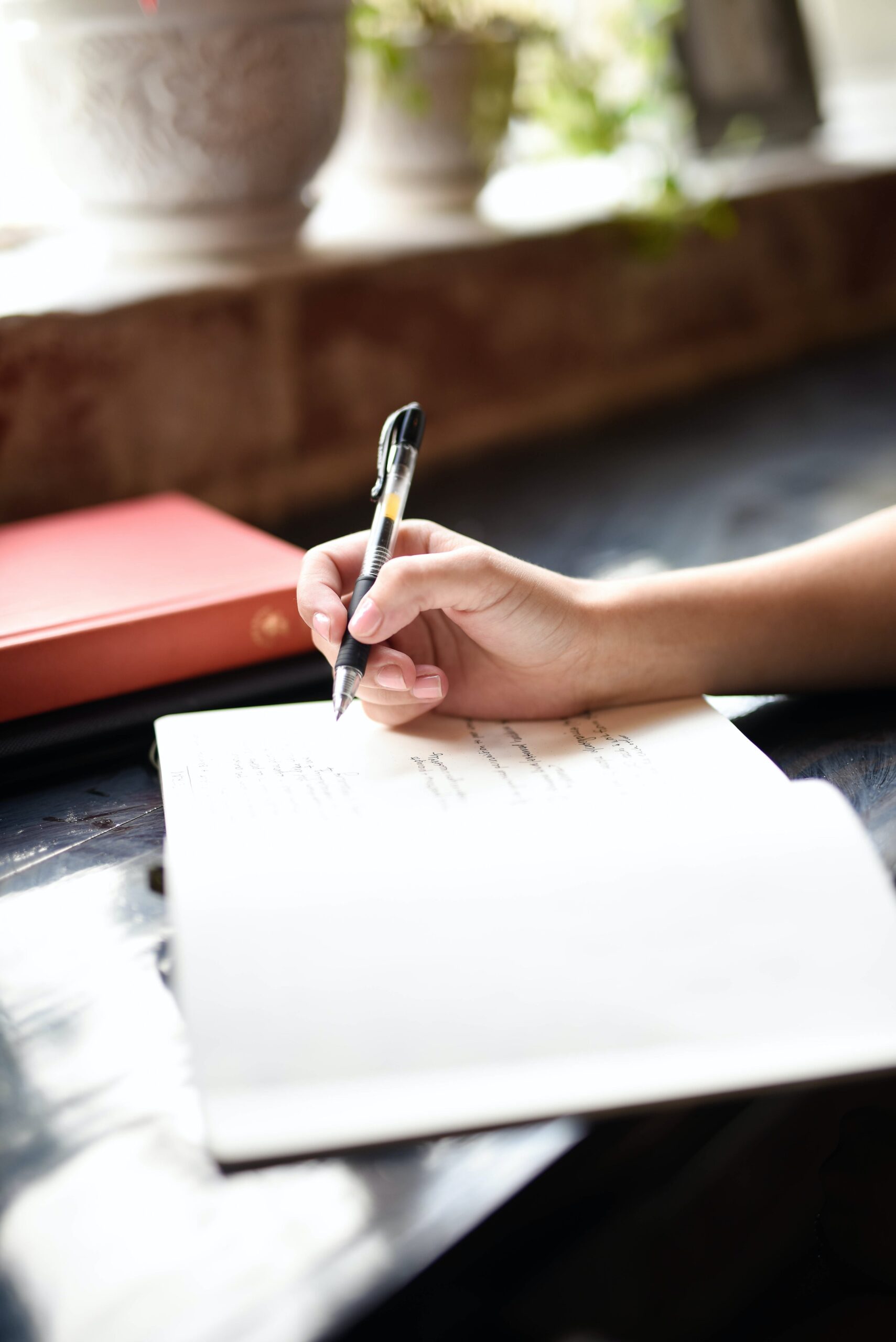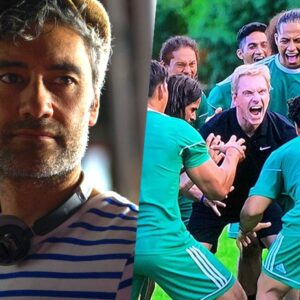
Nearly all indigenous people from across North and South America have used tattooing as a form of adornment, beautification or even medicinal remedy for generations.
The most prominent may be the Maori, who are widely known for their intricate facial tattoos. But the prominence of traditional tattoos elsewhere has declined drastically in recent indigenous generations due to the reverberated effects of colonization. This makes traditional indigenous tattoo artists rare and in many cases, such as with the Haudenosaunee, the traditional practice is considered to be dead.
Some might not even know that the Haudenosaunee had tattoos.
But, according to Jesuit notes and documents; the Haudenosaunee in the past used tattoos, ear piercings and body paint to adorn their bodies. The old Haudenosaunee tattoo method is called “flesh poking” whereby the tattooist would stencil a design onto the skin with a light trace of charcoal, then poke the skin with a needle-like bone until blood was drawn. Once blood was drawn and the stencil was fully traced, crushed charcoal or cinnabar would be rubbed vigorously into the wounds to later heal in colour.
It was also noted that Haudenosaunee men were mainly tattooed according to their significant achievements in battle. Many would have notches on their thighs to show how many enemies they killed in combat, or crossed-hatchets to show how many successful expeditions or raids they took part in. They would also commonly have totemic or meaningful pictographs and designs tattooed onto their faces, arms and chests. Many as well, would use the pictographs that adorned their bodies as a way to sign their signatures.

However, the documents suggest that Haudenosaunee women were hardly tattooed in this manner. When women were tattooed it usually went along with a medicinal ceremony to cure rheumatism or a toothache, but this ceremony has since been lost. A Jesuit priest named Lafitau wrote that Haudenosaunee women: “content themselves with having a little branch of foliage traced along the jaw. They claim that the nerve by which the humour flows over the teeth is thus pricked, so that it can no longer fall there and that thus they cure the pain by going to the source of the ill.”
There are many ways that this practice can become revitalized for the Haudenosaunee – much like the Inuit that are making true head way into revitalizing traditional tattoos for their people.
Inuit women were traditionally given chin tattoos to signify their coming of age since time immemorial. Today, traditional Inuit tattoo artists use two methods; one is called the hand poke whereby the artist pokes ink colour into the skin with a needle, and the other is called skin stitching whereby a thread of ink is sewn into the skin and pulled out, leaving behind the colour.
A prominent traditional Inupiak tattoo artist from Nome, Alaska is a young woman named Marjorie Tahbone. She was featured in a Great Big Story with Genesis USA last November, and she spoke prominently on how meaningful traditional tattooing is to Inuit culture.
“Our tattooing was a form of adornment and our permanent make up,” said Tahbone. “It was our way to feel beautiful and look beautiful.”
“When the missionaries came and colonization started to happen, you know, tattooing stopped. It’s been put to sleep for about a hundred years,” she said. “Me coming in as a young Inupiak woman you know, who am I to think that I could do something that my ancestors did so many years ago? [But] when I asked the elders if it was okay to do this they said ‘yes, you need to be strong.’ And now it’s reawakening with this revitalization effort.”











